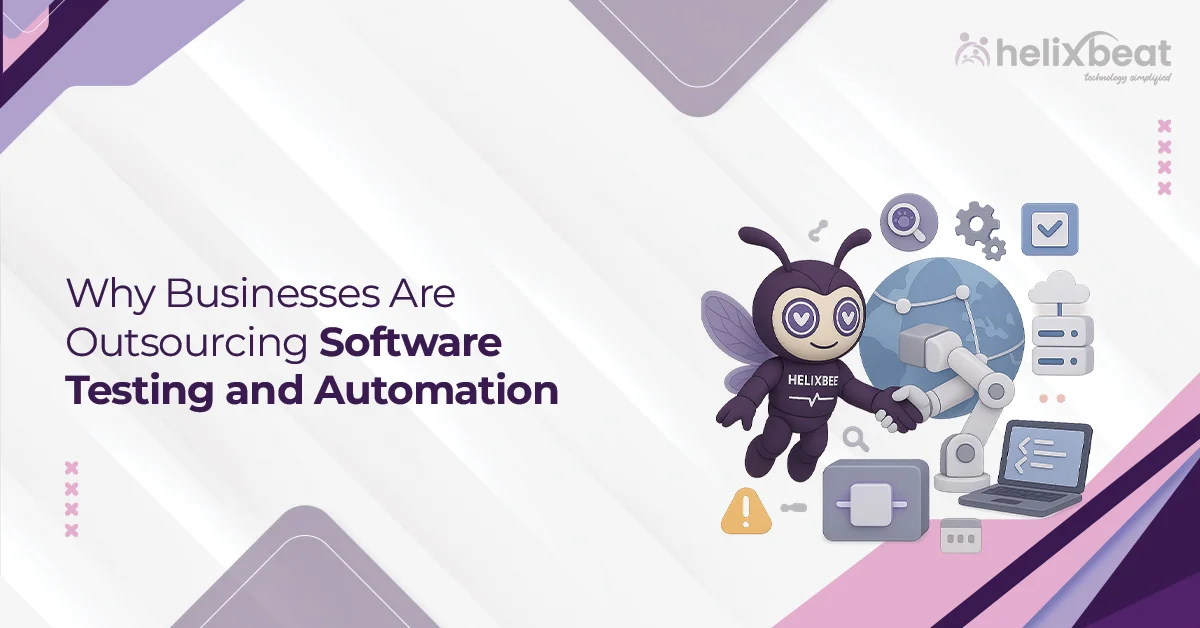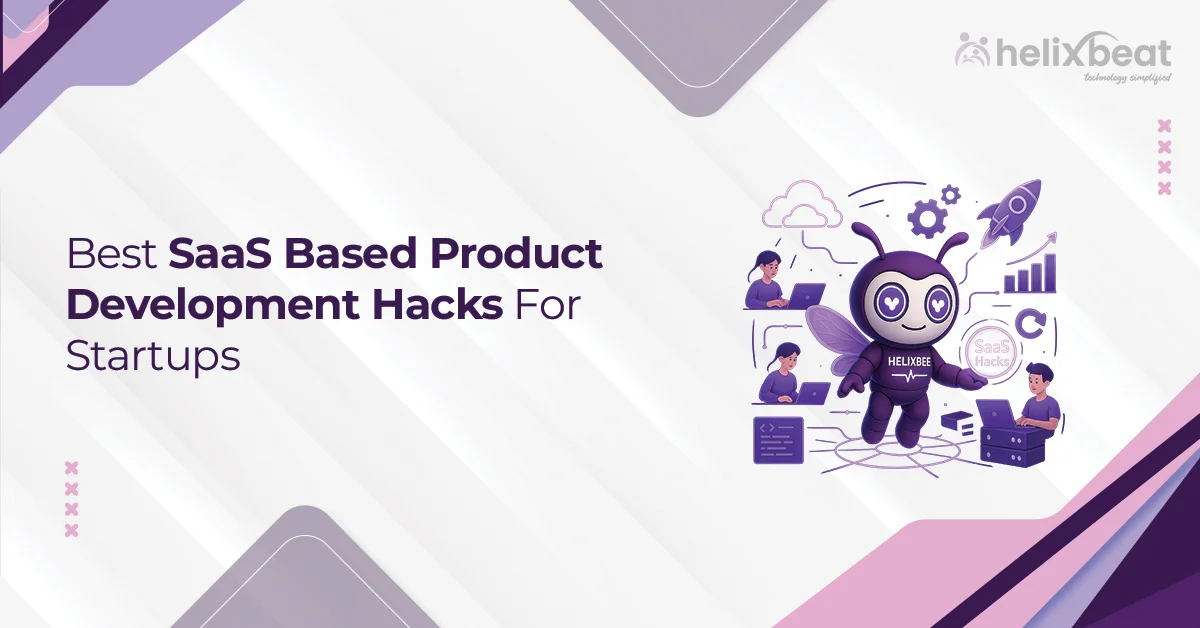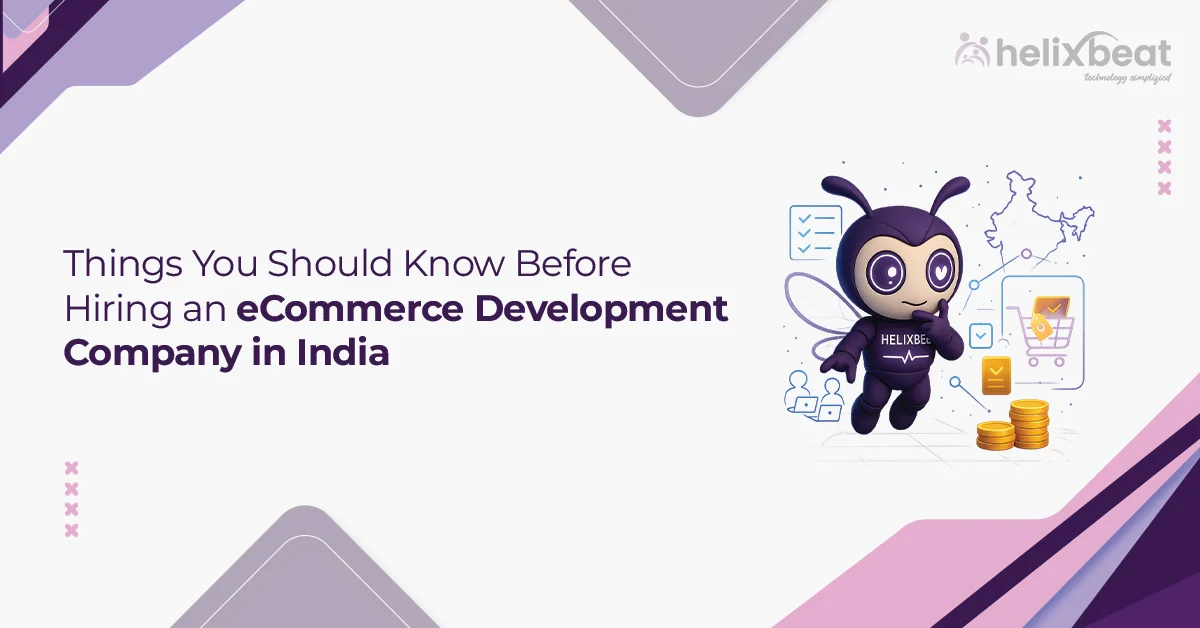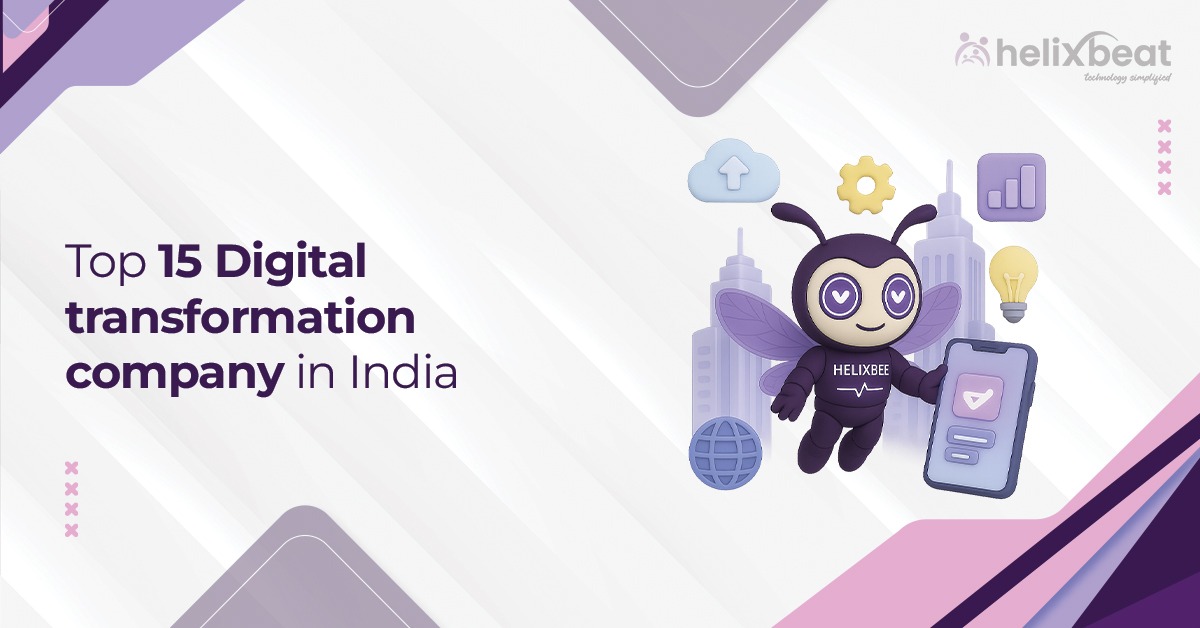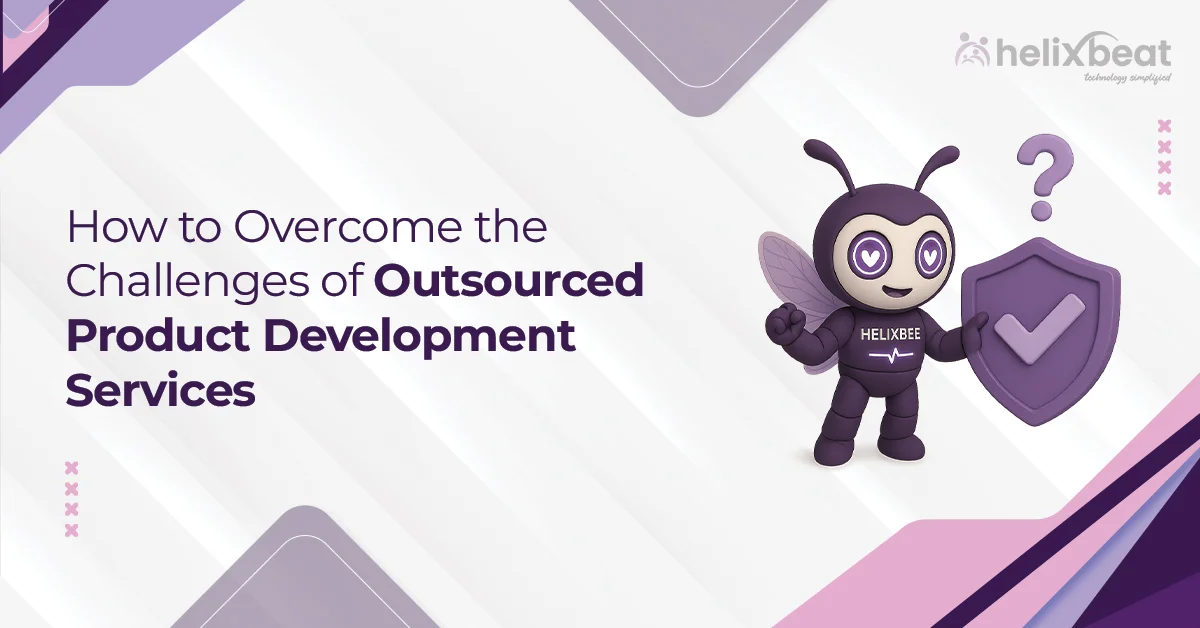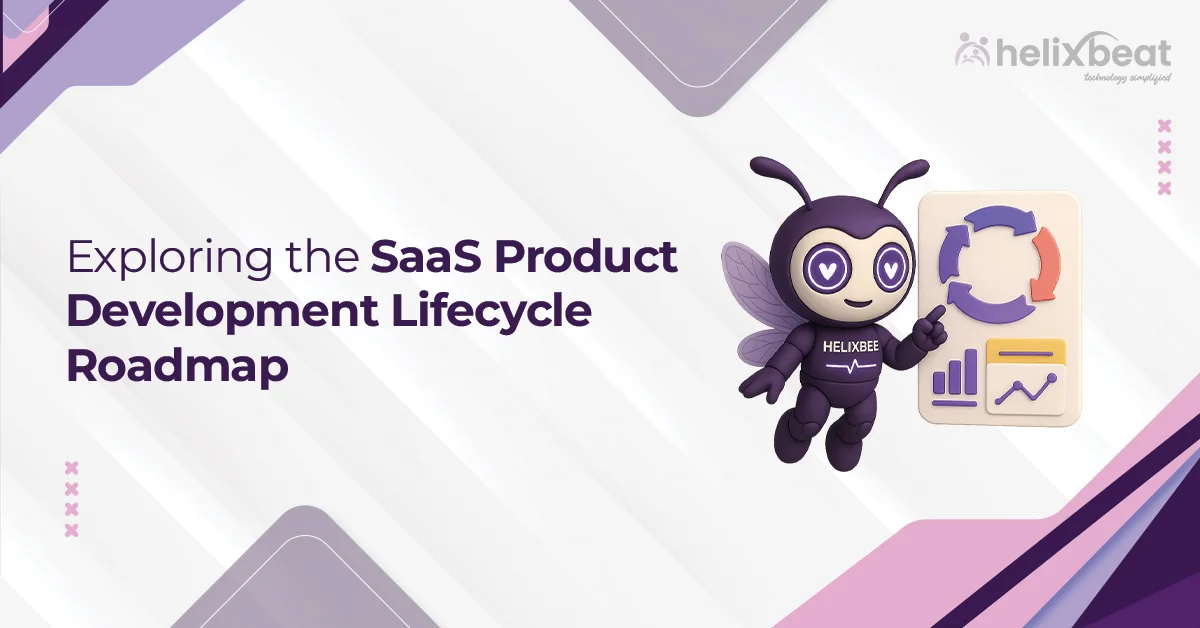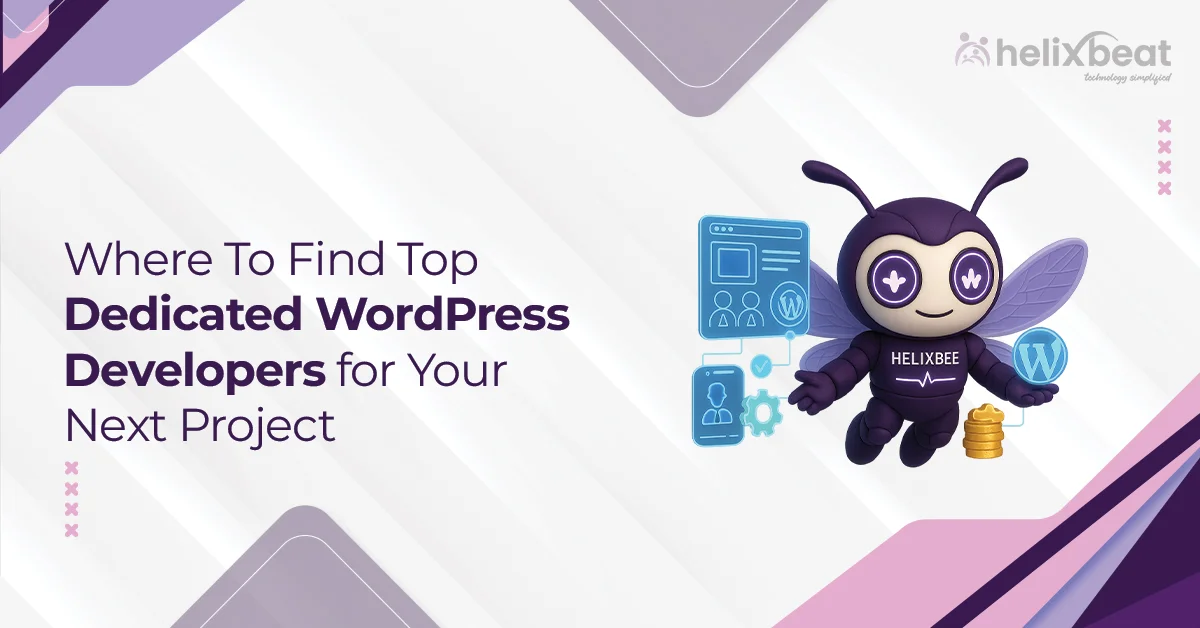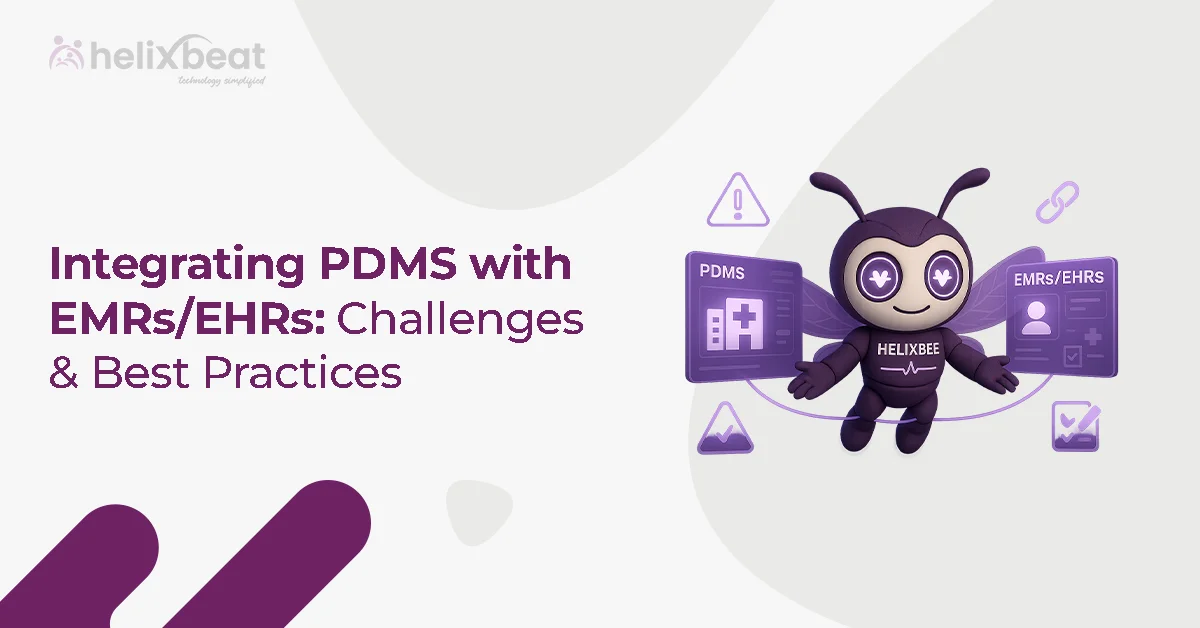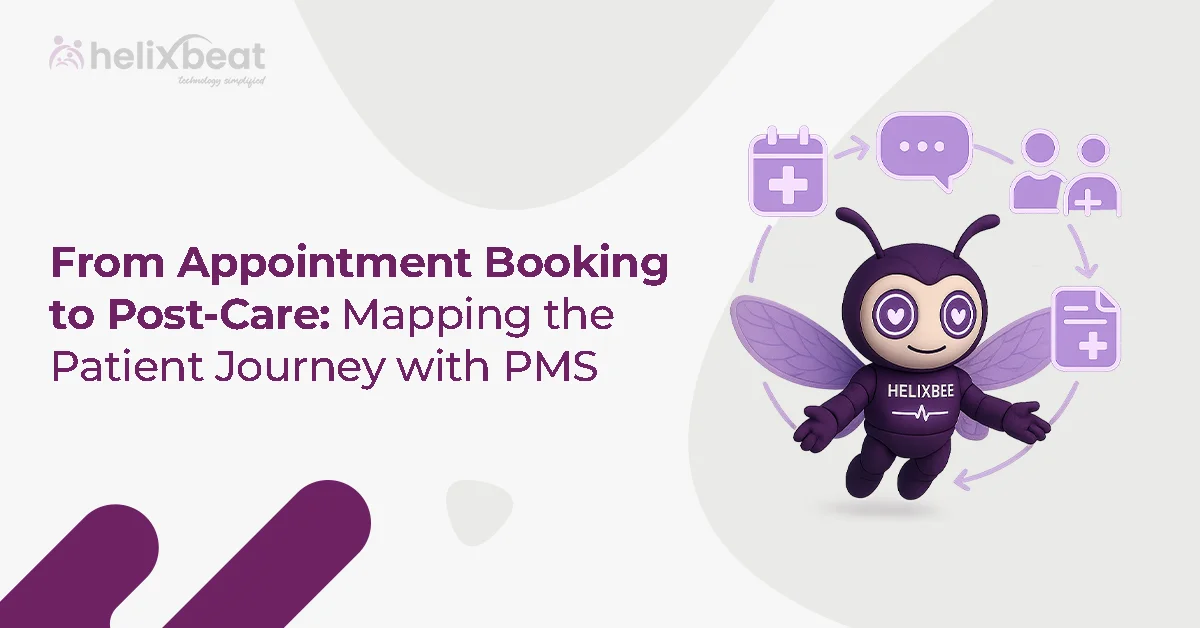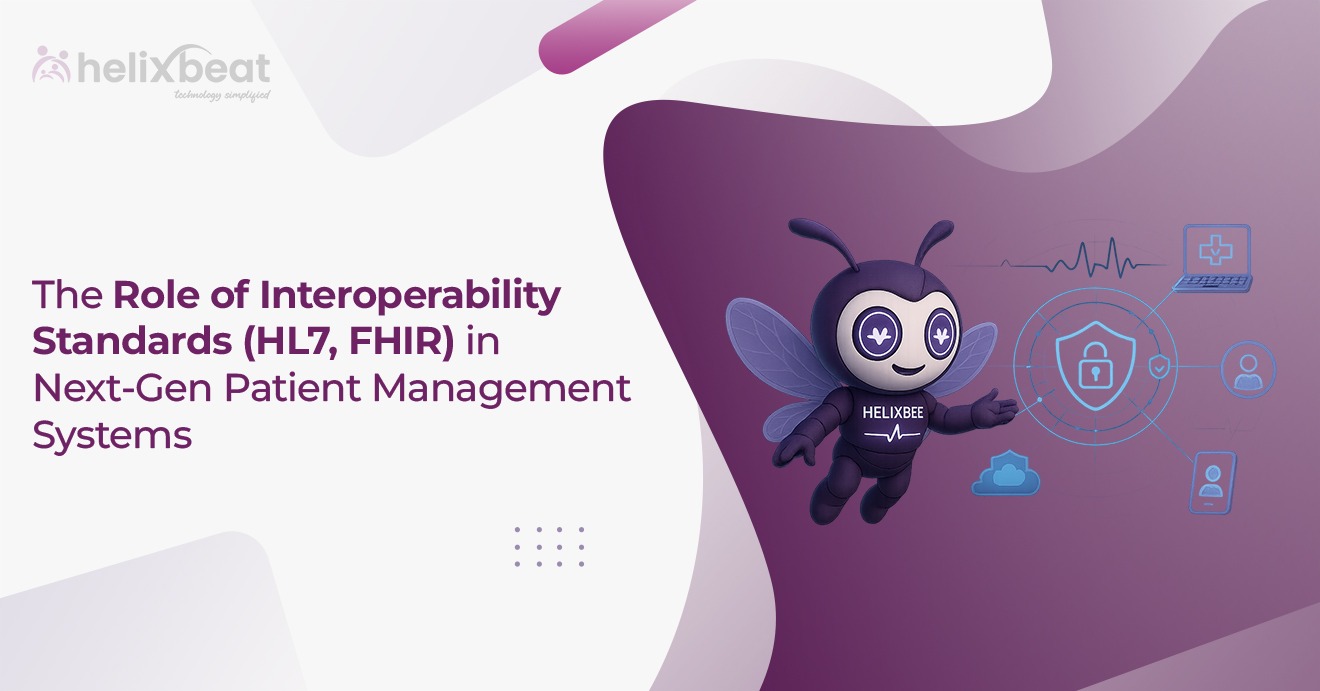For many clinics and healthcare providers, patient acquisition is one of the most significant and unpredictable expenses. From digital ads to partnerships with third-party platforms, the cost of converting patients through the door can quickly add up. But here’s the entire issue: spending more doesn’t always mean getting better patients or more loyalty. That’s why innovative practices are shifting focus—not just to attract patients, but to do it more efficiently.
In this blog, we’ll guide you through how to reduce your patient acquisition costs while maintaining high-quality, personalized care. We’ll crack down on where the invisible costs are, what modern strategies work, and how platforms like PULSE by Helixbeat help you streamline patient acquisition without offering results.
Let’s dive in.

Table of Contents
What Is Patient Acquisition Cost and Why It Matters?
Patient Acquisition Cost (PAC) refers to the total investment your clinic makes to attract a new patient through the door. It goes beyond just ad spend—it includes expenses like:
- Paid advertising campaigns (Google Ads, Facebook, etc.)
- Salaries or fees paid to internal and external marketing teams
- Subscriptions to marketing software or CRM tools
- Costs associated with third-party lead generation platforms
In short, PAC reflects how much you’re spending to win a single new patient.
Here is why it is important:
Because PAC directly impacts your bottom line. Here’s how:
If your acquisition cost is too high, you may end up spending more than the revenue each patient generates, which can quickly lead to unsustainable operations.
By lowering PAC, you unlock room in your budget for more impactful areas like:
- Hiring and training better staff
- Upgrading your infrastructure or facilities
- Delivering more personalized patient experiences
Top Reasons Your Acquisition Costs Are Too High
Understanding why your patient acquisition cost is spiking is the first step toward fixing it. Here are the major culprits:
- Heavy Dependence on Paid Advertising
- Relying too heavily on Google Ads or social media promotions without precise ROI tracking can lead to escalating costs that rarely yield efficient conversions.
- Generic Marketing to the Wrong Audience
- When campaigns are broad or untargeted, they attract people who may never become patients, resulting in wasted clicks and budget.
- Fragmented or Confusing Patient Journey
- A disjointed website, clunky appointment booking, or lack of follow-up can cause drop-offs before conversion, increasing the cost per acquisition.
- Neglecting Existing Patients
- Spending too much on acquiring new patients while ignoring reactivation or retention opportunities leads to higher churn and unnecessary spending.
- Lack of Performance Visibility
- If your clinic doesn’t have access to real-time campaign metrics, you can’t identify what’s working and what’s draining your budget.
- Manual Processes That Waste Time
- Without automation, your team spends hours on repetitive outreach and follow-ups, which drives up labor costs and contributes to acquisition expenses.
- Inconsistent Branding or Messaging
- A scattered brand of voice across channels reduces trust and effectiveness, making it harder to convert interest into bookings.
- No Referral Strategy in Place
- Word-of-mouth is still powerful in healthcare. If you’re not encouraging or tracking referrals, you’re missing a cost-effective growth plan.
Smart Patient Acquisition Strategies That Actually Work
Reducing your patient acquisition cost doesn’t mean reducing quality. Here’s how your clinic can do it:
1. Optimize for Local Search (Local SEO)
- Keep your Google Business Profile updated with accurate hours, services, and contact info.
- Add geo-targeted keywords to your website content (e.g., “pediatric dentist in Bangalore”).
- Collect patient reviews consistently to improve search rankings and credibility.
2. Launch a Referral Loyalty Program
- Reward existing patients with discounts or perks for bringing in referrals.
- Use tools like PULSE to track referrer performance and automate outreach.
- Word-of-mouth remains one of the most cost-effective acquisition channels.
3. Automate Patient Communication
- Use CRM software to schedule appointment reminders, recall messages, and health education tips.
- Reduce no-shows and save staff time through scheduled WhatsApp or SMS notifications.
4. Personalize Your Campaigns
- Segment your patient database by age, visit history, or medical condition.
- Send tailored messages like follow-up reminders, wellness tips, or seasonal check-up offers.
5. Simplify the Onboarding Process
- Offer online booking, digital intake forms, and insurance pre-checks.
- The faster and smoother the first experience, the higher your conversion rate.
6. Re-engage Dormant Patients
- Identify patients who haven’t visited in 6–12 months and send personalized check-in messages.
- Offer reactivation incentives or reminders about preventive care.
7. Use Educational Content to Build Trust
- Blogs, videos, and newsletters help patients feel informed and valued.
- This value-first approach reduces marketing resistance and encourages organic conversions.
8. Track and Adjust Based on Real Data
- Monitor campaign performance weekly through tools like Helixbeat’s PULSE.
- Reallocate budget to high-performing channels and pause low-ROI activities.
CTA: Want to see which strategy works best for your clinic? Book your PULSE demo today
What Does a Good Patient Acquisition Company Do Differently?
A high-performing patient acquisition company brings more than just ad spend and flashy creatives; it offers a strategic, data-first approach focused on outcomes. Here’s what sets them apart:
1. Deep Audience Understanding
- They go beyond demographics to build detailed patient personas based on behavior, needs, and digital habits.
- Strategies are designed to reach the right patient, not just more patients.
2. Omnichannel Campaign Execution
- Instead of relying on a single channel, they integrate email, SMS, WhatsApp, Google Ads, and social media into one cohesive journey.
- Messaging is adapted to each touchpoint to improve response and engagement.
3. Tech-Enabled Lead Tracking
- Top firms connect their campaigns directly with your CRM or EHR, so no lead is lost.
- Real-time dashboards give visibility into campaign ROI, source performance, and drop-off points.
4. Optimization Based on PAC, Not Just Clicks
- Rather than celebrating clicks or impressions, they measure cost per acquisition (PAC) at every stage.
- Campaigns are constantly tested and refined to lower costs while improving lead quality.
5. Focus on Patient Experience
- A good patient acquisition company doesn’t stop booking—it supports onboarding, reminders, and retention.
- They use automation to send appointment confirmations, post-visit follow-ups, and personalized care reminders.
6. Compliance and Sensitivity
- HIPAA-compliant messaging and ethical targeting methods are central to their approach.
- They understand the nuances of communicating within regulated healthcare environments.
7. Strategic Consulting and Reporting
- They act as an extension of your growth team, helping you align acquisition strategies with broader business goals.
- You receive actionable insights, not just data dumps, through structured reports and consultations.
Why PULSE by Helixbeat Is Built for Smarter Patient Acquisition Marketing?
Here’s how PULSE empowers smarter patient acquisition:
- Unified Omnichannel Outreach
- Manage SMS, WhatsApp, email, and more from a single platform.
- Reach patients where they’re most active and reduce drop-offs with timely reminders and personalized updates.
- Real-Time Campaign Analytics
- Track campaign performance in real-time and allocate budgets to the highest-converting channels.
- Understand which patient segments engage most—and why—so you can double down on what works.
- Automated Referral Tracking
- Run referral programs with built-in tracking to reward top promoters.
- Encourage patient-to-patient sharing and word-of-mouth growth without manual intervention.
- Smart Segmentation & Personalization
- Create audience groups based on diagnosis, appointment history, age, or behavior.
- Send hyper-personalized campaigns that resonate, improving both acquisition and retention rates.
- Marketing Automation with CRM Integration
- Automated follow-ups, no-show re-engagement, feedback collection, and more.
- Sync with your EHR and clinic systems to make every patient interaction more innovative and more seamless.
The Bottom Line
Lowering your patient acquisition cost isn’t about cutting budgets; it’s about working smarter. Focus on maximizing efforts, engaging the proper channels, and enhancing the patient’s experience. Many practices struggle due to a lack of cohesive systems.
Helixbeat can help. With tools like PULSE, you can automate tasks, personalize communication, and improve interactions without overwhelming your team. Achieve quality and scale effortlessly.
Interested? Book a PULSE demo now for sustainable growth.
FAQs
What is Patient Acquisition Cost?
It’s the full cost of acquiring a new patient, including marketing, tools, and staffing expenses.
What is a good patient acquisition cost?
A good PAC depends on your average revenue per patient, but lower is generally better as long as quality remains.
How can I lower my PAC?
Leverage automation, segment audiences, and analyze campaign data to invest wisely.
What are some patient acquisition strategies that work?
SEO referrals, personalized CRM campaigns, and real-time analytics.
How does a patient acquisition company help?
They bring tech, strategy, and expertise to reduce your PAC while improving quality.
Is advertising the only way to attract patients?
No—relationship building and value-based marketing can be more effective in the long term.
Can small clinics reduce PAC too?
Yes. With platforms like Helixbeat, even small teams can run efficient campaigns.
How does Helixbeat’s PULSE help?
It centralizes marketing, automates outreach, and tracks patient journeys end-to-end.
Is patient acquisition cost really measurable?
Absolutely. Real-time dashboards help you track performance by campaign, source, or location.
Where do I start if I want to improve my acquisition?
Start with a tech-backed solution like PULSE to streamline, automate, and scale acquisition affordably.



